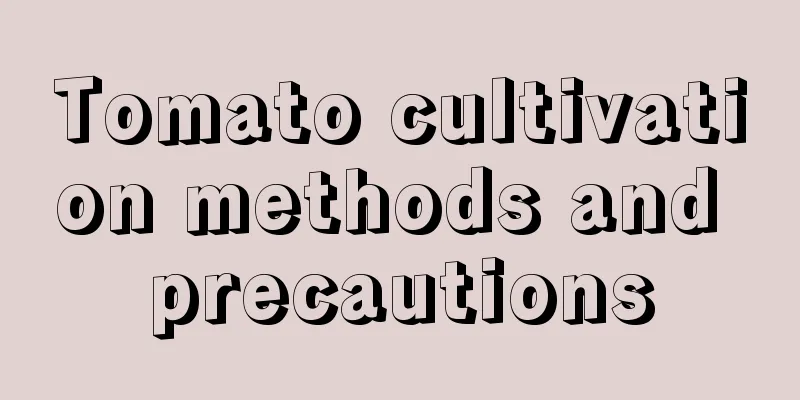How to cultivate the eight-treasure tree

1. Maintenance methods1. Temperature: The eight-treasure tree likes warmth, and the temperature between 15 and 28 degrees is more suitable. In addition, its growth may be hindered in the summer, so more ventilation is needed at this time. In addition, try to take some cold-proof measures in winter. 2. Light: The eight-treasure tree likes light, but too strong light will burn its leaves. Therefore, in summer, the degree of shading should be kept at around 70%. In other seasons, if the light is not too strong, there is no need for shade. Especially in winter, sufficient sunshine is beneficial for it to survive the winter. 3. Watering: The eight-treasure tree likes moisture. From spring to autumn, sufficient water must be provided. The soil needs to be kept moist at all times, but try not to allow it to become too waterlogged. In addition, special attention should be paid during the rainy season, and attention should be paid to drainage when the rain is too heavy. 4. Fertilization: The eight-treasure tree has certain requirements for fertilizer. However, it only needs to be used during the growth period and is not necessary starting from late autumn. Generally it is done once every half a month, and potassium permanganate etc. can be used. 2. Breeding techniques1. Reproduction: You can use the cutting method. It is suitable to do it from April to September. Choose one-year-old branches, preferably at the top, with a length between eight and ten centimeters. After cutting it, you also need to remove the lower half of the leaves. Insert it directly into the sand bed, then keep it moist and the temperature should be around 25 degrees. It will take about one month to forty days for the seeds to take root. 2. Pruning: Pruning is very important. The first is its shape. Furthermore, when branches become overgrown, they need to be pruned. For young plants, the main work is thinning and light pruning. For older, larger plants, heavy pruning is required. 3. Problem diagnosis and treatment1. Diseases: The two main diseases are anthracnose and leaf spot. Generally speaking, antibacterial agents can be used for prevention and treatment. 2. Pests: There are relatively many types, such as "thrips", "leaf miners" and so on. The extent to which they damage the leaves is very serious and can be sprayed with various types of insecticides. IV. Other issues1. Toxicity: It is non-toxic and has good purification ability. 2. Can it be grown at home? Although its height is relatively high, it can also be used as a bonsai. |
Recommend
Is Calla Lily suitable for indoor cultivation?
1. Can it be kept indoors? 1. It is suitable for ...
The Flower Language and Legend of Elderberry
Flower language of elderberry The flower language...
Afraid of spending money on growing flowers? Just go out for a walk and you’ll have all the materials for the year!
Picking Flowers Since we are going to start picki...
When are Guangxi mandarin oranges available and when can they be eaten?
1. Introduction Guangxi Emperor Mandarin Orange o...
Does Smooth Sailing like the sun?
Smooth sailing and happy sun The lucky charm plan...
Can daffodil seeds be planted (how to save seeds from daffodils after they have bloomed)
Narcissus is also called Chinese narcissus, and h...
Rose cutting method
1. Prepare flower soil When planting rose cutting...
These 8 kinds of "orchids" are cheap and easy to grow, and the flowers in full bloom are more beautiful than orchids!
Clivia 1. Watering In summer, you can water once ...
How to make lavender into dried flowers and how to preserve dried lavender flowers
1. Collection and pruning After the lavender bloo...
Is it profitable to grow agarwood? Profits and prospects of growing agarwood
Is growing agarwood profitable? Currently, growin...
What to do if the goldfish plant does not bloom
1. Increase lighting For the goldfish spider plan...
When did the American hazelnut bear fruit?
Introduction to American Hazelnut American hazeln...
The difference between white crystal daisy and big daisy
1. Plant Differences The plant of white crystal c...
These 8 kinds of flowers will grow more and more vigorously in summer if you give them enough water!
Monstera Monstera particularly likes a humid envi...
How often does Epiphyllum bloom?
1. How many times a year Under normal circumstanc...









